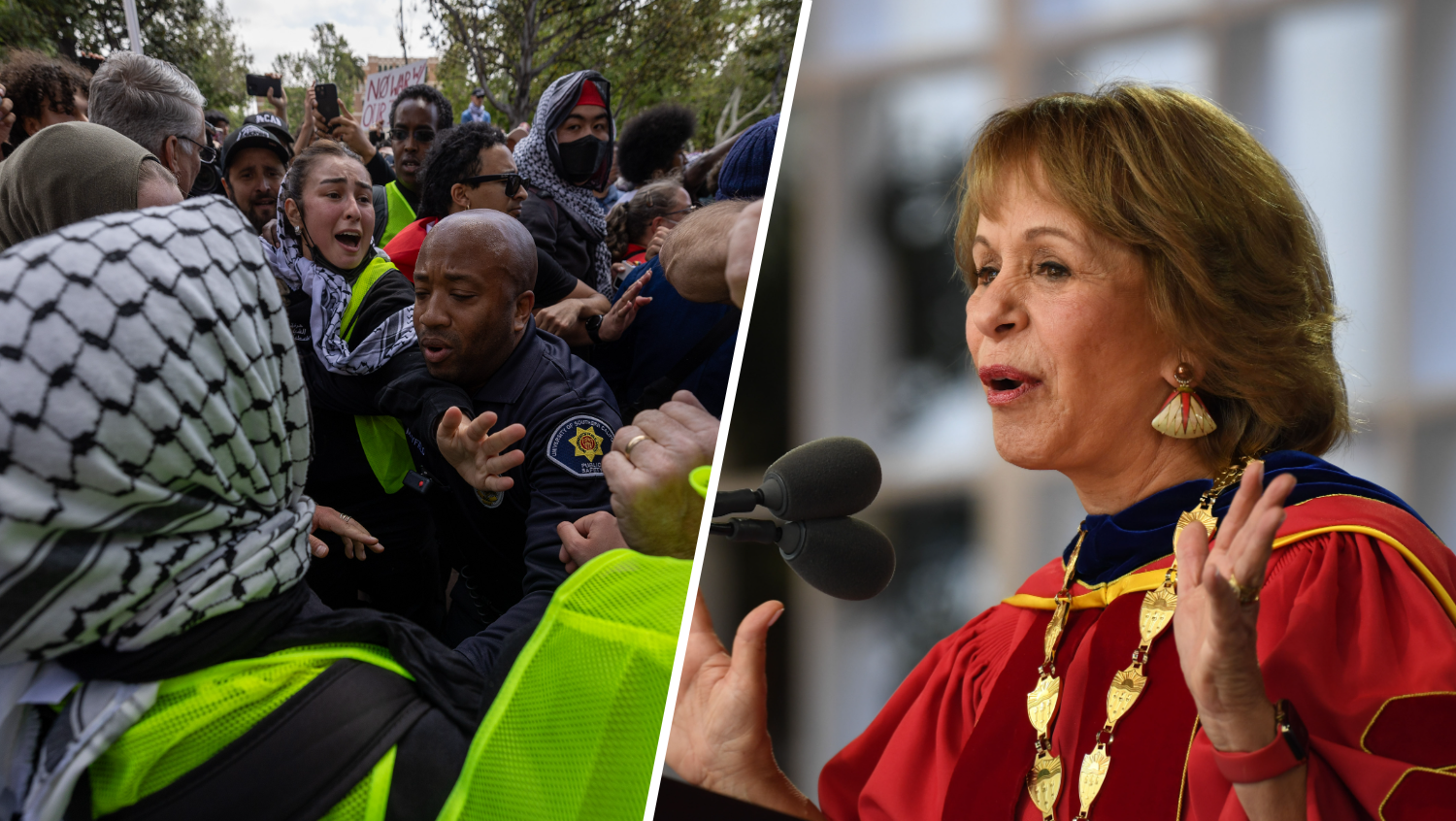Barbara Padilla raised three sons on her own, fully aware that her youngest, Marcel Ceja, had chosen a different path than his brothers.
By the time he was 22-years-old, Ceja had done prison time for burglary, receiving stolen property and grand theft of a gun.
On a rainy Nov. 4, 2011, police said Ceja was carrying a loaded gun when they fatally shot him outside an Anaheim apartment complex. His mom said he was just going to a neighborhood store.
"He had a good heart and he was a good person, in spite of what his past was," said Padilla, pictured below, who has filed a wrongful death lawsuit against Anaheim and the police department. "My son had died by himself. I couldn’t comfort him."
Ceja’s case is one of 19 Anaheim police shootings -- 11 of them fatal -- under investigation by the Orange County Office of Independent Review. The police shootings are among 50 internal affairs investigations and use of force incidents dating to 2007 that the civilian watchdog agency is expected to study, said the agency’s executive director Steve Connolly.
The independent review is among recent changes at the Anaheim Police Department, which was put under the spotlight after back-to-back fatal police shootings this summer sparked protests and calls for reform.

Anaheim Police Chief John Welter has put into place new foot patrols to walk the beat in some neighborhoods. His SWAT officers are no longer wearing military fatigues so they look more like police officers than soldiers.
Local
Get Los Angeles's latest local news on crime, entertainment, weather, schools, COVID, cost of living and more. Here's your go-to source for today's LA news.
He’s created anti-gang programs and started community meetings to spark dialogue. The chief also said he believes an incentive program in which officers are encouraged to learn Spanish for bonus pay is helping police work closer with the Latino community. He noted a sharp increase in the number of officers who speak Spanish in a department that is 62 percent white and 28 percent Hispanic.
"There are still issues that need to be resolved, and I think the way we do that is open up lines of communication, be more accessible to the community…which we’re doing," says Anaheim Police Chief John Welter. "There’s a lot of progress that we’ve made, but we still have a long way to go."
Officials hope the independent review of police shootings also helps bring the community closer by demonstrating that the department is being transparent about how it has been operating as the city reels from a spike in police shootings this year amid a rise in gang-related crime.
"People aren’t just going to have to take Anaheim’s word for it when they say this is the outcome ‘trust us that we did a good job,’” says Connolly.
"We will be able to verify that."
Welter says he welcomes any "competent" review of the Anaheim Police Department’s actions.
Protests broke out after Manuel Diaz, 25, was shot and killed by police July 21. Diaz was unarmed when he was shot by police who were investigating what they said was suspicious activity in a neighborhood police said has a history of gang-related crimes. The next day, Anaheim police shot and killed Joel Matthew Acevedo, who police said fired at officers.
In the wake of the protests, Welter held an emergency meeting to talk about keeping the peace. The meeting was followed by Anaheim Mayor Tom Tait's meeting with officials from the U.S. Attorney's Office and the FBI.
Later, city officials formed a Citizen Advisory Committee on Elections and Community Involvement that was sparked, in part, by an American Civil Liberties Union lawsuit claiming Anaheim "shuts out" Latinos from the city’s electoral process.
But even with the talk of renewal, some remain skeptical.
"It looks to the community like we’re being militarized, like we’re being watched by Big Brother," said Benny Diaz, the California director of the League of United Latin American Citizens, a group that addresses discrimination among Latino groups. "We’re asking to be treated with kindness and respect."
A group of 10 family members of men shot by Anaheim police over the years maintains nearly weekly candlelight vigils with the hope of building awareness about the rift that exists between the Latino community and the police.
Theresa Smith, who organizes the vigils with her group, the Law Enforcement Accountability Network, has held vigils in each neighborhood where there have been police shootings. The group held a candlelight vigil for Ceja last weekend.
Smith’s group plans to hold another vigil on Sunday on Anna Drive where Diaz was shot.
"We’re not against police. We’re against police brutality," said Smith, whose son, Caesar Cruz, was fatally shot by Anaheim police in 2009. "We don’t want another shooting. We do not want another person killed, whether it’s gang related or police related."
While Welter defends his officers, he says the escalation in violence is troubling.
"We’re taking more guns off people than we have in several years. This is what we face as cops. I’m sure there are some officers who feel a little more threatened right now because of the unrest."
NBC4 staffer Sofia Pop contributed to this report.



